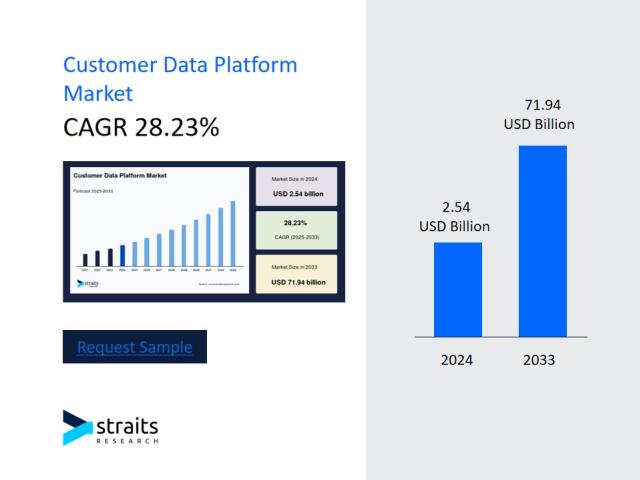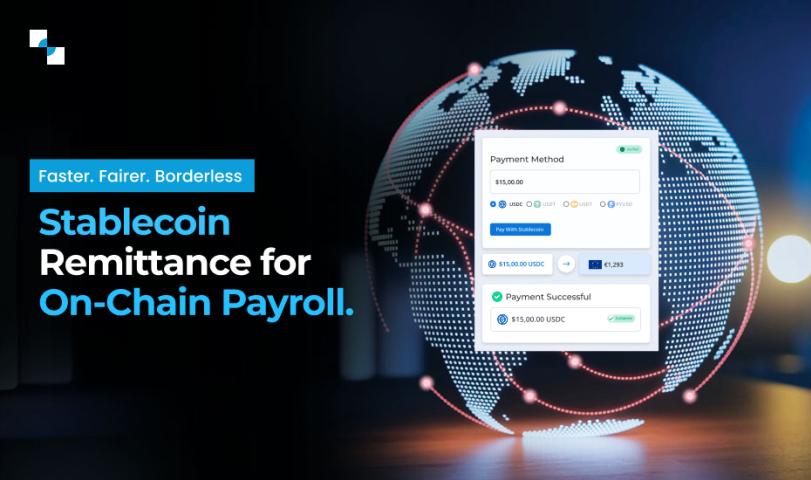The financial services industry is now more connected than it has ever been. You probably want a smooth cross-border payment solution for your remittance business that guarantees security, speed, and compliance.
But choosing the one that best suits your business might be difficult given the wide range of options available.
In this blog post, you’ll learn how to choose the best cross border payment solution and the most important factors to consider when you do so.
Understanding Cross-Border Payments
Cross-border payments refer to the movement of funds from one country to another or across multiple countries and across the different currency denominations. For businesses like yours, these payments are important since the world economy has gone global.
However, cross-border transactions are not without their challenges, including compliance, volatility of fees, and problems associated with currency conversion. The use of the right cross-border payment system allows your business to work through such challenges to the delight of your customers.
Key Factors to Consider When Choosing a Cross-Border Payment Solution
Choosing a payment solution is not as simple as comparing the costs of using a certain solution but as trying to find a solution which can fulfil the specific needs of your business. The following are the key factors you should consider when evaluating the solution:
Regulatory Compliance and Licensing
You cannot compromise on compliance, especially when it comes to cross-border payments. Each country has its own regulations like AML, KYC, and GDPR. The right payment solution must ensure that your business is compliant with all the necessary legal frameworks, be it in the local or international market.
Not following these rules could have serious repercussions, such as financial penalties and reputational damage. So you must ensure that your provider knows the regulatory landscape and will help you stay compliant.
Global Reach and Currency Support
When choosing a cross-border payment solution, it’s all about global reach. You’ll want a partner that works with multiple currencies and regions so you can reach customers wherever they do business.
A strong payment solution should have the ability to support multi-currency, so that your customers can pay in the currency of their choice without high conversion costs. This reduces friction and improves the user experience, which enables faster transactions and better confidence in your service.
Transaction Speed and Efficiency
In cross-border payments, being fast is important. The quicker you can handle transactions, the happier the customer is. If settlements are delayed, it can be frustrating for you and for your customers.
A cross-border payment solution that guarantees fast settlement times is vital to maintaining customer satisfaction and operational effectiveness. Faster payments also mean faster access to funds, ultimately improving your business’s liquidity. Be sure the solution you choose is built for speed, enabling fast payments while not sacrificing security or accuracy.
Cost Structure and Transparency
When your business is selecting a cross-border payment system, cost is usually a primary concern. But it is not only about the cost-effective solutions. You should purchase a comprehensive solution that gives a clear pricing model and good value for money.
Make sure your provider should be transparent about the costs. This includes transaction fees, currency conversion rates, and any other potential hidden fees you should be aware of. When you know exactly what you are being charged, you can budget accurately, and there won’t be any surprises!
Security and Fraud Prevention
In assessing cross border payment solutions, security should be the first thing on your mind. As much as international transactions increase, so do fraud risks. A secure payment solution provides advanced tools for preventing fraud and encryption protocols, hence safeguarding both your business and your clients.
Look for a provider that prioritizes data security with features such as SSL encryption, two-factor authentication, and advanced fraud detection systems. Your business's reputation relies on offering a secure environment for every transaction, so ensure your chosen solution meets the highest security standards.
Integration with Existing Systems
Your cross border payment platform should integrate seamlessly with your existing systems. API compatibility is a must. Whether you’re using ERP, CRM, or other financial management systems, smooth integration will reduce disruptions and improve operational efficiency.
The right solution will allow you to manage payments without the need for extensive technical adjustments. This integration ensures that your team can handle transactions efficiently, while your customers enjoy a seamless experience. A well-integrated system also enhances data transfer and reporting, making it easier to track transactions in real time.
Scalability and Flexibility
As your business grows, so will your need for an adaptable remittance management software. Scalability is critical—your solution should be able to handle increasing transaction volumes and expand into new markets as you grow.
The best cross-border payment solutions are flexible, allowing for customization based on your specific needs. Whether it’s adding new features, supporting more currencies, or expanding to new regions, ensure your chosen provider can scale alongside your business.
Popular Cross-Border Payment Methods and Their Suitability
There are several methods of cross-border payments available today. Each has its own strengths and weaknesses, depending on your business model and needs.
SWIFT Payments
SWIFT (Society for Worldwide Interbank Financial Telecommunications) is one of the most widely used payment networks for cross-border transactions. It’s secure and reliable, but it can be slow and expensive, particularly for smaller transactions.
SEPA (Single Euro Payments Area)
SEPA is ideal for businesses operating within Europe. It allows for fast, secure, and low-cost euro transactions between European countries. However, it’s limited in its geographic reach and is not suitable for businesses dealing with multiple currencies.
Real-Time Payments (RTP)
RTP systems, such as Faster Payments in the UK or FedNow in the US, offer near-instant settlements. For high velocity businesses, RTP is helpful as a means to quickly process the transactions but this solution tends to be restricted to domestic use or specific corridors across the borders.
Blockchain-Based Payments
Blockchain is among the novel technologies that have gained traction ever since in the area of cross-border payments. It is fast, secure, and provides transfer transparency. However, it is relatively new, and because it is untested in many cases, traditional financial organizations are apprehensive to adopt them for multiple reasons that include regulatory concerns and scalability among others.
Conclusion
Choosing the right cross-border payment solution for your business is not a decision to take lightly. From compliance to transaction speed, from cost transparency to security, each factor plays a crucial role in ensuring your cross-border payment system is efficient, secure, and scalable. With this blog, you will be able to find the perfect cross-border payment solution tailored to their needs.















